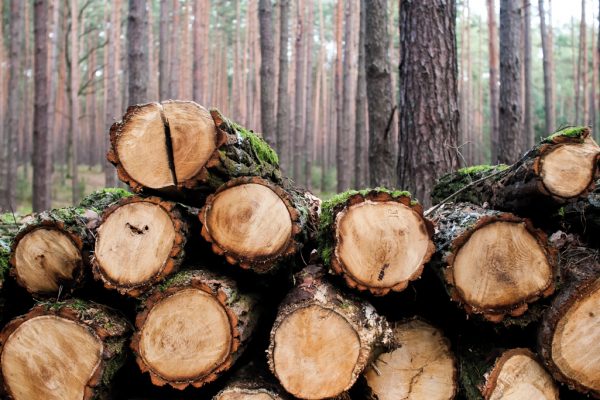News
The latest from ACR Heat Products

Woodburning Stoves & PM 2.5
Woodburning stoves have seen a lot of negative press in the last year and although we have made comment on this previously we thought it would be good to address some of the comments with regards with PM 2.5 which have once again arisen in the news this week.
PM 2.5 is given off when burning wood however, wood is one of the only truly renewable fuels in this world. Ethical log suppliers are growing new trees which will help safeguard the next generation. Trees absorb CO2 whilst growing and emit Oxygen. We think it is safe to say that diesel, a derivative of the fossil fuel crude oil, does not produce a major percentage of the world’s oxygen like trees do.
At this point in time, there are no statistics which provide information specifically about woodstoves and their emissions into the UK atmosphere. The current information published by the government also includes open fires, bonfires, wildfires, pizza ovens, fire pits and BBQ’s within the same category as woodburning stoves. Now, I am not sure about you but I tend to light my woodstove when it gets cold in late Autumn and then stop when it warms up in March and I guess that’s when pretty much everyone with a wood stove follows the same pattern. It is therefore interesting that the summer months, when woodburning stoves are not being lit, the levels of PM 2.5 are usually at their highest. It is important that this is tackled too as woodburning stoves certainly can not be blamed for summer PM 2.5 levels.
Don’t get me wrong, we know that woodburning stoves can be improved and are striving to ensure that all of our stoves meet the new regulations for EcoDesign 2 years ahead of the required deadline. A 10 year old woodstove will have higher emissions that a EcoDesign model. An open fire has even higher emissions infact, an EcoDesign stove will have up to 90% less emissions than an open fire and up to 80% less emissions than a 10 year old stove.
It seems clear that by replacing an open fire or an older stove with a new EcoDesign stove will make a massive difference to the levels of PM 2.5 released into the atmosphere.
However, it is vital that the correct fuel is burned on these stoves. There is little point in investing in some of the cleanest stoves ever to then undo that good work by burning wet wood. Logs with no more than 20% moisture should only ever be burned. The wetter the wood, the less heat you will get and the more PM will be released. Don’t overload the stove with logs and then slumber it as this is the worst way to operate your stove for it’s own sake and the sake of the environment – slumbering produces poor air quality.
It is also more important than ever that the stove is operated as per the manufacturers instructions and maintained properly with an annual service to ensure that it is working as efficiently as possible. The chimney should also be swept at least once a year to assist with the proper running of the stove. We can all see a difference in the performance of our cars once they have been serviced so it is worth ensuring your stove is looked after properly too. Infact, your warranty could be effected if you don’t properly maintain your stove.
We are proud to be producing stoves that are among the cleanest available and helping to reduce the levels of PM 2.5. However you chose to heat your home, it is a fact that fuel has to be used. If burning gas, oil or electric in your home heating, these are all fossil fuels which will contribute towards poor air quality and are not renewable fuels. If you are off grid, you probably only have the choice of oil, LPG or wood to heat to your home. We need to be able to make the choice of using alternative fuels such as woodburning as a reliable way to warm your home whether you are in the town or countryside and when done in conjunction with an EcoDesign stove, wood with less than 20% moisture, well maintained and operated correctly this is still a good option to the alternatives.

